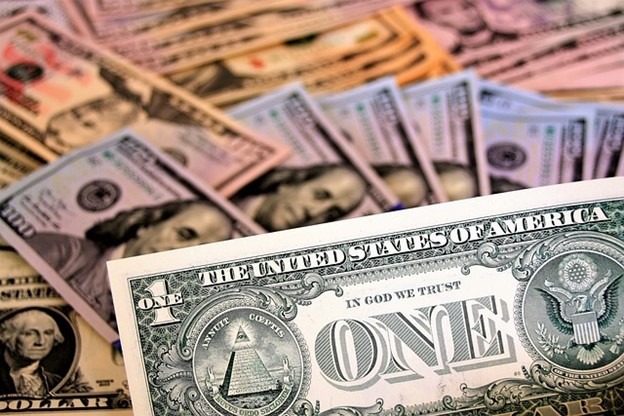In its recent meeting, the Federal Reserve opted to keep interest rates unchanged, maintaining the current monetary policy stance. This decision, echoing the central bank’s previous announcements, reflects a deliberate approach to support the ongoing economic recovery while carefully monitoring inflationary pressures.
Fostering Employment and Price Stability
The Federal Reserve has consistently emphasized fostering maximum employment and maintaining stable prices. The decision to leave interest rates untouched underscores the central bank’s acknowledgement of the complex economic landscape shaped by the aftermath of the COVID-19 pandemic.
Economic Recovery and Inflation Dynamics
The primary considerations influencing this decision include the progress of the economic recovery, employment levels, and inflation dynamics. Although the U.S. economy has shown resilience in the face of challenges, the Federal Reserve remains vigilant in assessing the broader impacts of the pandemic and evolving global economic conditions.
Support for Economic Growth and Job Creation
Maintaining the current interest rate levels aims to provide continued support for economic growth and job creation. The accommodative monetary policy encourages borrowing and spending, facilitating investment and consumer activity. By keeping interest rates low, the Federal Reserve aims to stimulate economic activity and mitigate the lingering effects of the pandemic on various sectors.
Inflation Considerations in Policy Making
Inflation, a key factor in the Federal Reserve’s decision-making process, has been closely scrutinized. The central bank acknowledges that recent inflationary pressures are partly driven by temporary factors. However, holding interest rates steady reflects a cautious approach, considering both short-term fluctuations and the longer-term inflation outlook.
The Future Trajectory of Interest Rates
The Federal Reserve’s decision aligns with its established principles. However, it also prompts considerations about the future trajectory of interest rates. As the economic recovery progresses and inflation dynamics evolve, the central bank may adjust its approach. This change would aim to balance supporting growth with addressing potential inflationary risks.
In conclusion, the Federal Reserve’s choice to keep interest rates unchanged signals a commitment to a patient and data-driven approach to monetary policy. The central bank continues to navigate the complexities of the post-pandemic economic landscape. It is prioritizing stability, growth, and the well-being of the broader U.S. economy.
















